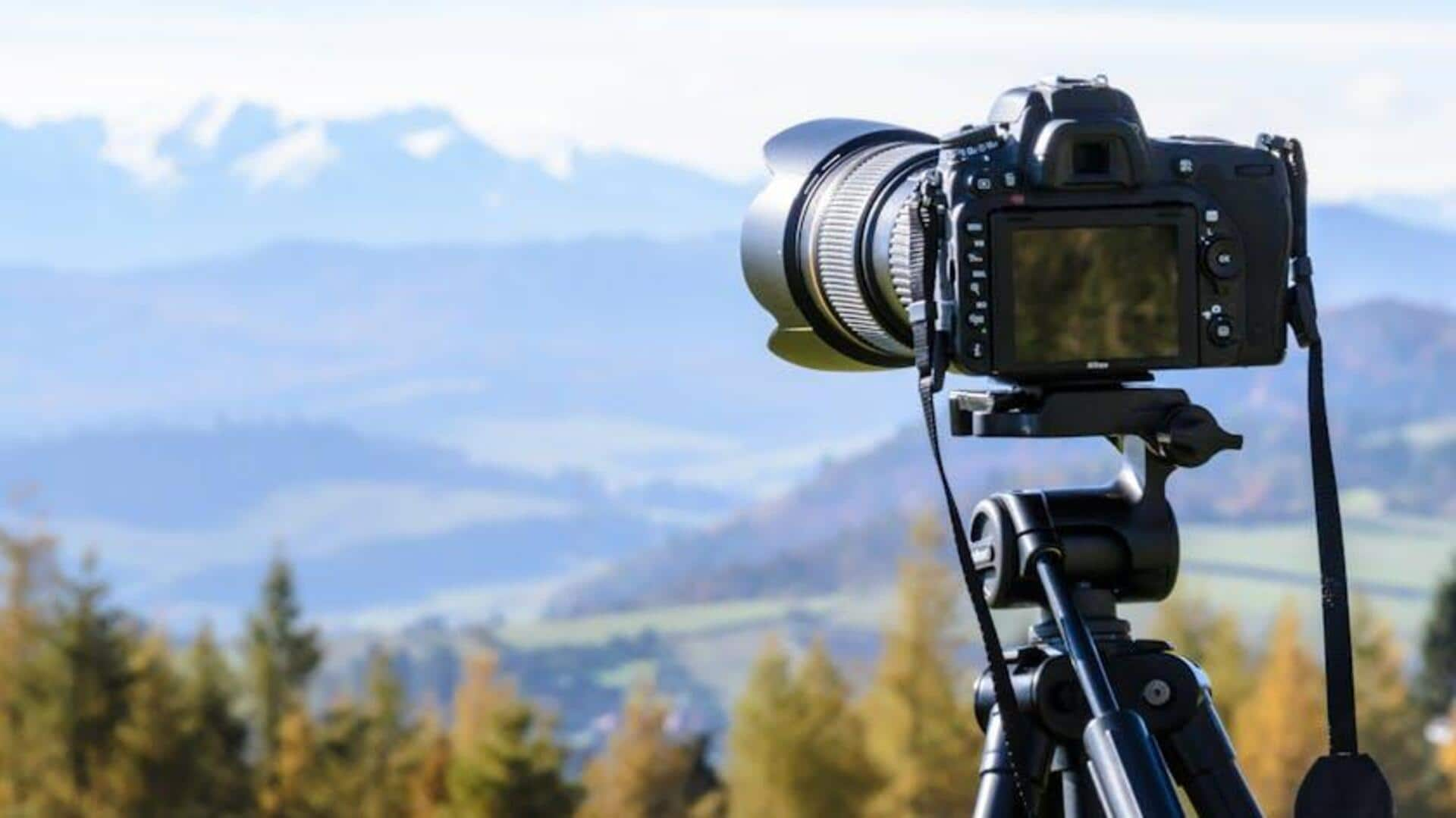
If you're a wildlife photographer, this is for you
What's the story
Infrared wildlife photography safaris offer a unique way to witness and capture animals in their natural habitats.
By using infrared technology, photographers can reveal the unseen heat signatures of wildlife, providing a new perspective on nature.
This style of photography allows for the documentation of animal behavior at night or within thick foliage where conventional visibility is limited.
Gear selection
Choosing the right equipment
Choosing the right equipment is key for successful infrared wildlife photography.
You need cameras that are either sensitive to infrared light or specifically modified for infrared.
And, you need lenses that can focus infrared light properly; otherwise, your images will be blurry.
A strong tripod is also a good investment because you'll need to keep your camera very steady during the long exposure times often required in low light.
Behavior insights
Understanding animal behavior
Studying animal behavior is key to successful infrared wildlife photography.
Familiarizing yourself with their activity patterns and favored environments can significantly increase your chances of capturing captivating images.
Nocturnal animals, while elusive during the day, reveal themselves through their heat signatures against the cooler night-time environment.
This makes them ideal subjects for infrared photography, providing a glimpse into their otherwise hidden behaviors and habitats.
Regulations and ethics
Navigating legal and ethical considerations
Photographers should be mindful of both legal and ethical considerations when planning an infrared wildlife photography safari.
This means securing the necessary permits for photographing in protected areas and adhering to local wildlife laws.
On the ethical front, strive to minimize disturbance to animals and their habitats. Maintain a safe distance, and use silent modes on your cameras whenever possible.
Post-processing skills
Enhancing images with post-processing techniques
Post-processing is crucial in bringing out the full potential of infrared images.
Mastering contrast, sharpness, and color tone adjustments will reveal the ethereal details that infrared cameras capture.
Utilizing software capable of processing raw files from modified cameras will allow greater flexibility in manipulating images to emphasize the distinct heat signatures of different species.
Fieldwork strategies
Practical tips for fieldwork success
To ace that infrared wildlife photography safari, follow these steps:
Study the ecosystem of your destination to identify potential subjects.
Test your equipment thoroughly to ensure it functions under various conditions.
Dress suitably for fieldwork; camouflage is essential, but so is comfort.
Most importantly, be patient; sometimes, the best shots come when you least expect them.